Testors YF-23
In 1981, the US Air Force initiated the Advanced Tactical Fighter (ATF) program to seek a next-generation fighter to replace the F-15 and better compete with the Russian SU-27 and MiG-29. Requirements included low observability, short take-off and landing, and supercruise at Mach 1.4-1.5. Initial proposals ranged from ugly, to odd, to Blackbirdy:
By 1986, Lockheed and Northrop were selected to develop demonstrators; Boeing and General Dynamics joined Lockheed, and McDonnell Douglas joined Northrop in this phase. Well, we all know how this turned out: the US Air Force selected Lockheed's YF-22, which would evolve into the successful F-22 Raptor. But, Northrop's proposal, the YF-23, was pretty badass also. Across the internet one finds vocal YF-23 apologists, singing its praises and lamenting its undue loss to the YF-22. Arguments typically proceed like, "well, sure, the F-22's thrust vectoring made it more maneuverable, but this is an overhyped feature. Much more important was the YF-23's superior range and ceiling, which would be more relevant in modern air warfare engagements." For the record, the YF-23 was also faster and stealthier.
The YF-23 had some bold design features: diamond-shaped wings and a V-tail in place of separate horizontal and vertical stabilizers. The engine inlets were also flush with the fuselage, requiring special porous suction panels to remove the turbulent air of the boundary layer. Together with a hint of forebody chines, these all come together to render a unique, sleek, and mysterious looking aircraft.
While today the two demonstrators are museum pieces, there are rumors that the Japanese might be in the market for a stealthy 5th-generation fighter. And Northrop might have just the plane for them.
The Kit
The 1/72-scale Testors YF-23 is a rebox of the 1991 Italeri release. The only other tooling is from Dragon, also from 1991. I purchased the Testors kit used on Ebay, and sadly the decals were water-damaged beyond salvage. Some time later, I picked up the Dragon kit for my son: the decals include markings for both demonstrators: the Gray Ghost and the Spider, and so essentially supply two sets. One of which my son graciously gifted me. I decided to the build the Gray Ghost, because its darker paint scheme is a little unusual for US fighters.
With both kits in hand, a quick comparison reveals that the Testors/Italeri kit is generally superior: more detail, more accurate, more options (i.e. the bomb bay can be built open to reveal four missiles)
Testors kit on the left.
The Testors kit isn't perfect, however. First, the inlets appear to have covers just inside that are not optional. To keeps things open, I repositioned them to form a poor man's S-duct and used some plasticard to seal the top.
The next problem one encounters is that the top and bottom clamshells don't come together at the exhaust:
I considered clamping and heating the model to warp the plastic into form, but that seemed a little risky. Instead, I cut some thin plasticard to shape and fit it in place,
For the record, the Dragon kit also suffers from this imperfection, making me wonder for a moment whether there actually is a gap there!
These two issues aside, construction was simple. For paint I used Mr. Color 301 as a base coat finished with Testors Dull Coat (1st time I've used the stuff, btw. Worked great). The engine exhausts are a mosaic of metal tiles with a variety of shades; I tried to recreate this with Alclad Aluminum, Steel, and Chrome with middling success.
Now the panel lines are actually raised on this model, but that's fine for such a dark subject; photographs don't reveal significant weathering along panel lines anyway. What one notices instead is just a generally blotchy, dusty appearance over the body of the aircraft. And the exhaust metals are a little weathered and fatigued. Views of the underside of the Gray Ghost show some sparing oil/grime streaks. So that's the weathering plan. Exhaust metals got some light gray oils, as did some areas of the fuselage. Lastly, I gave the entire model a dusting of gray and soot weathering pigments.
This is an easy build of a very interesting aircraft, and I recommend it for those interested in 5th-generation demonstrators that lost contracts to the YF-22.
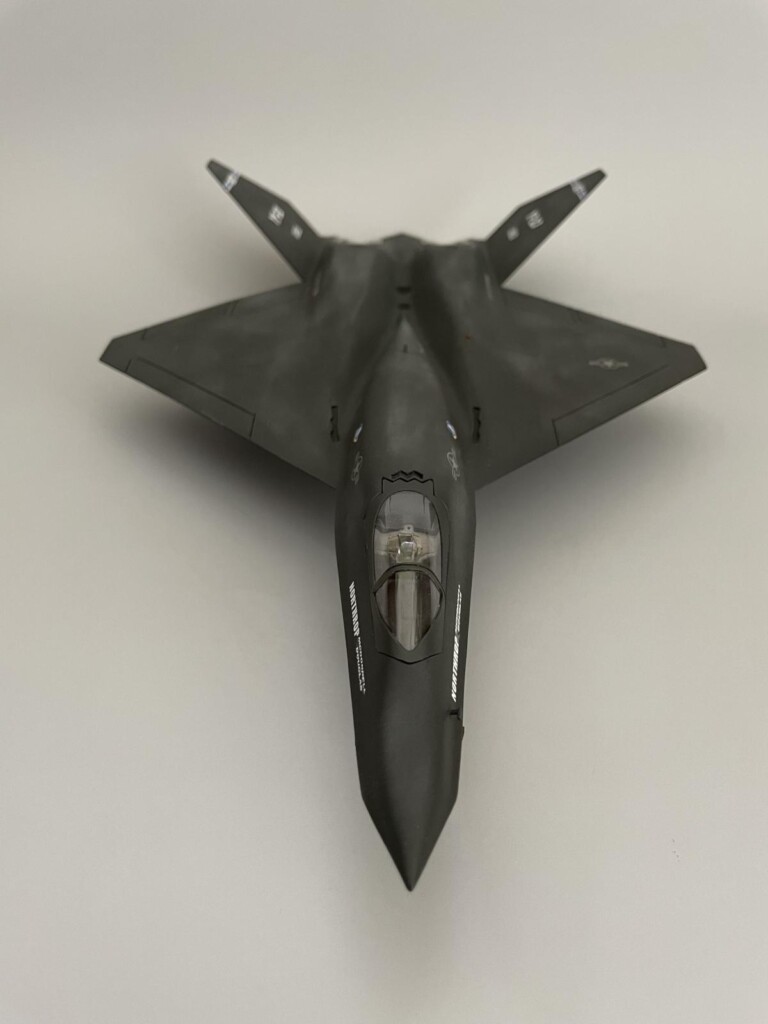

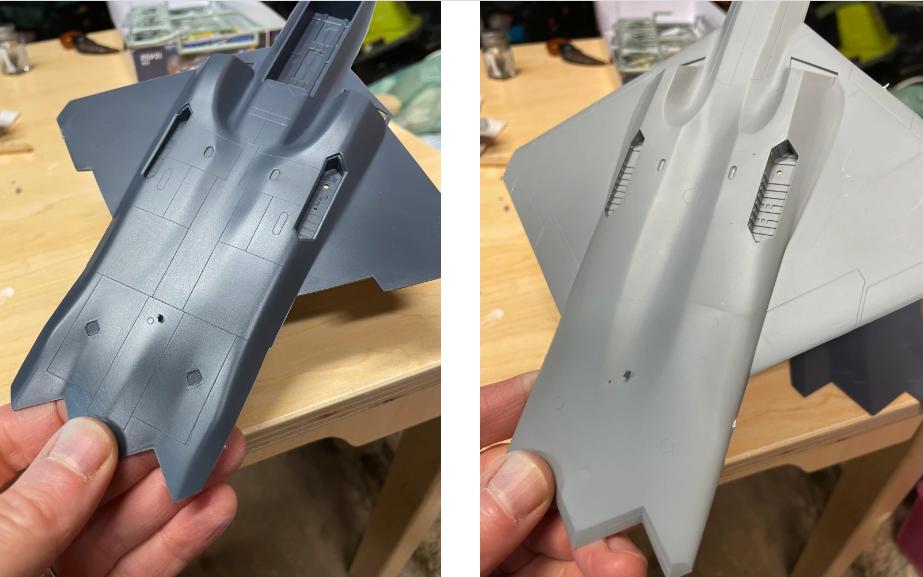
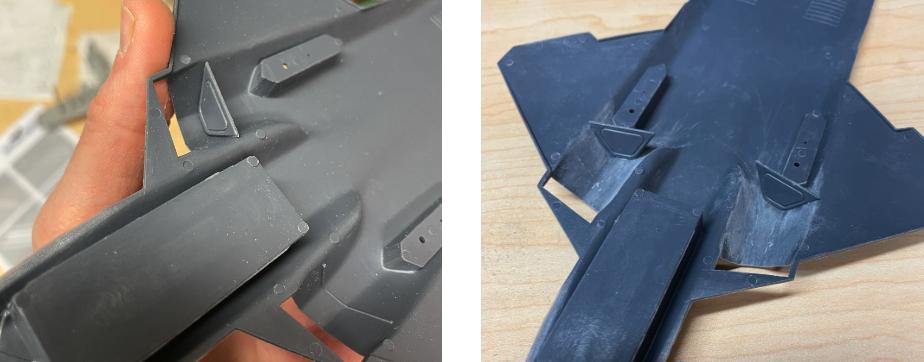
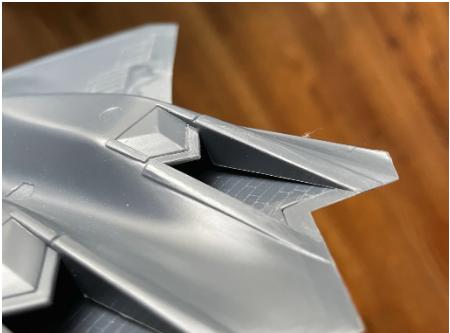
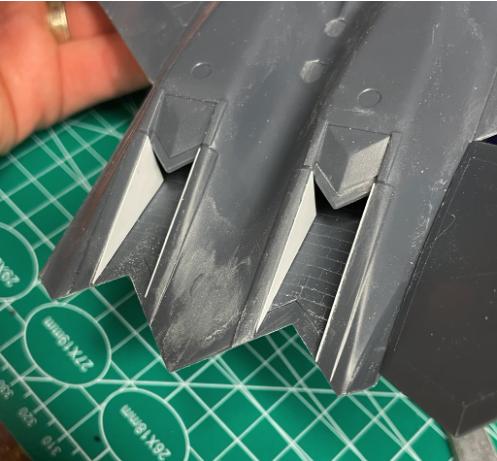
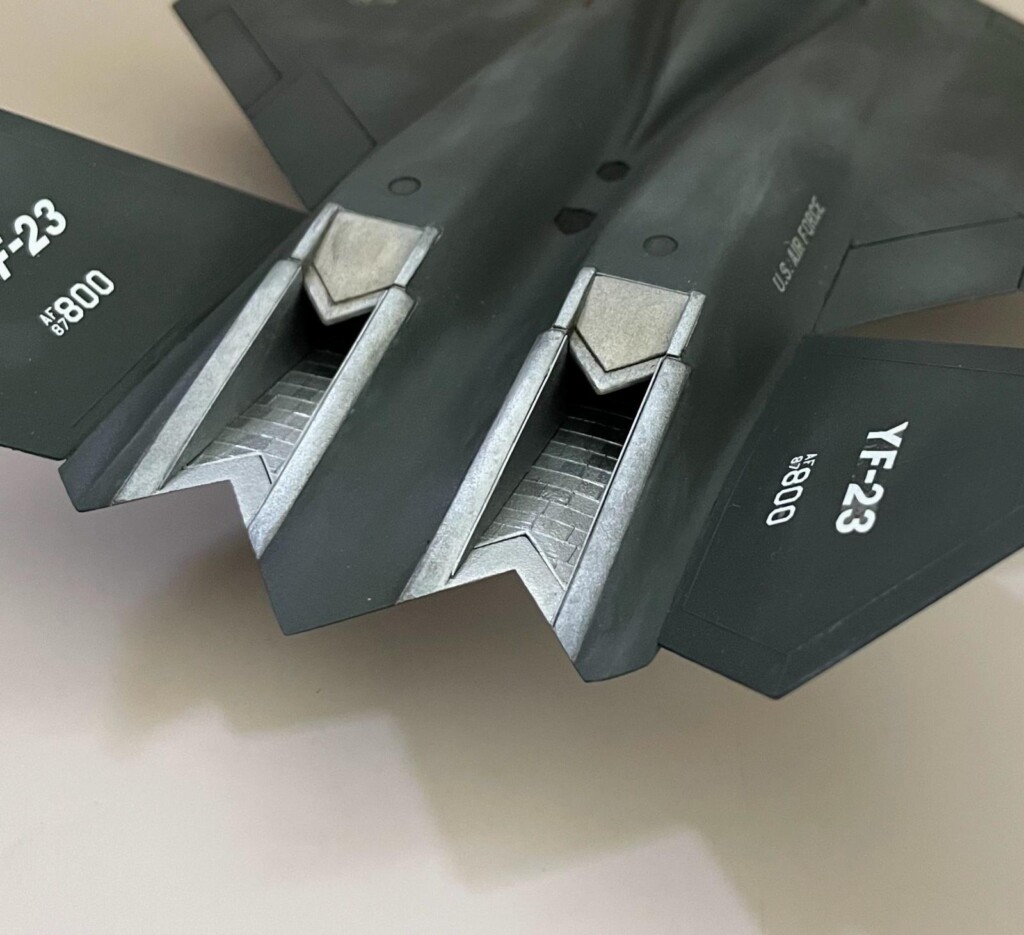
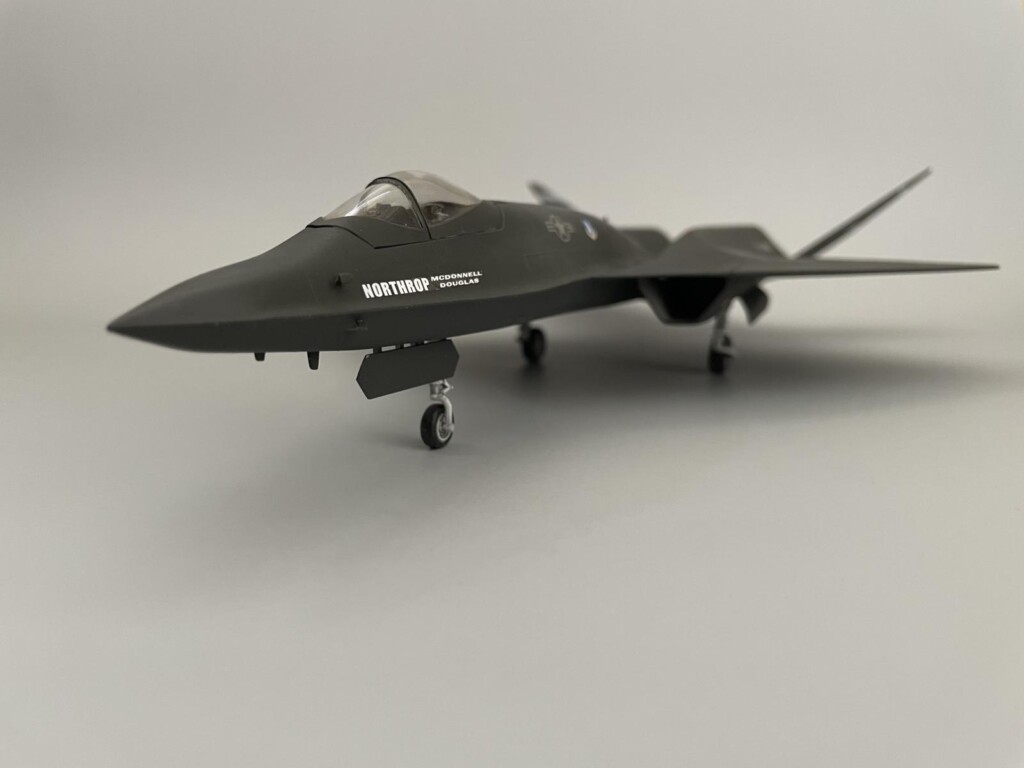
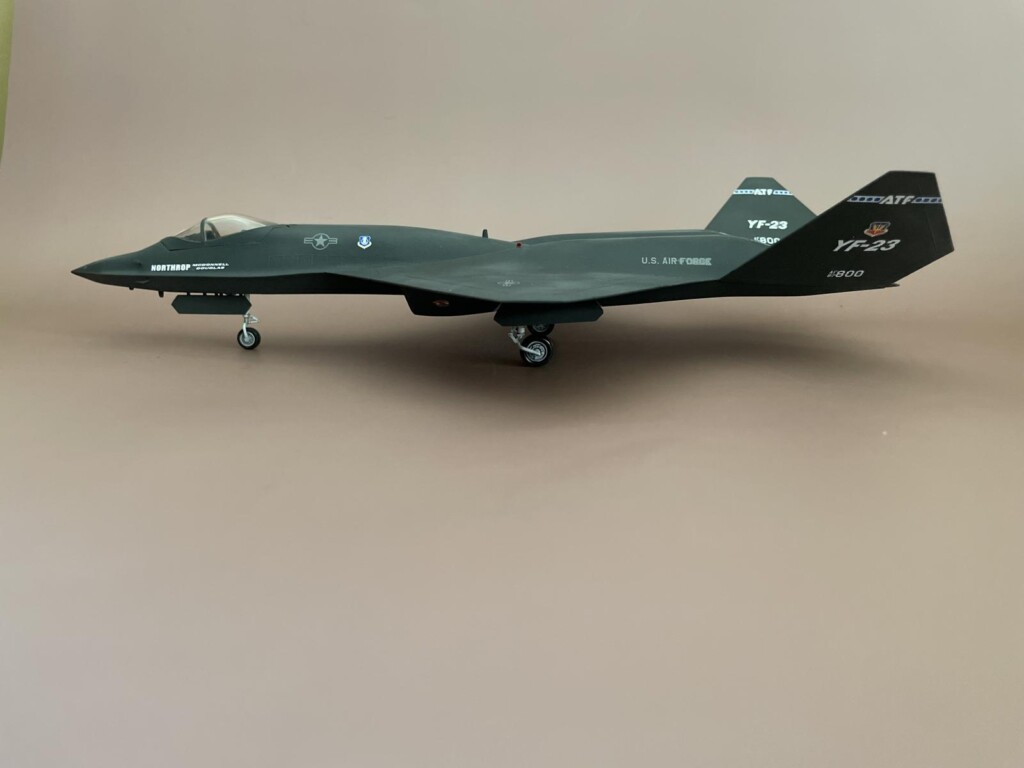
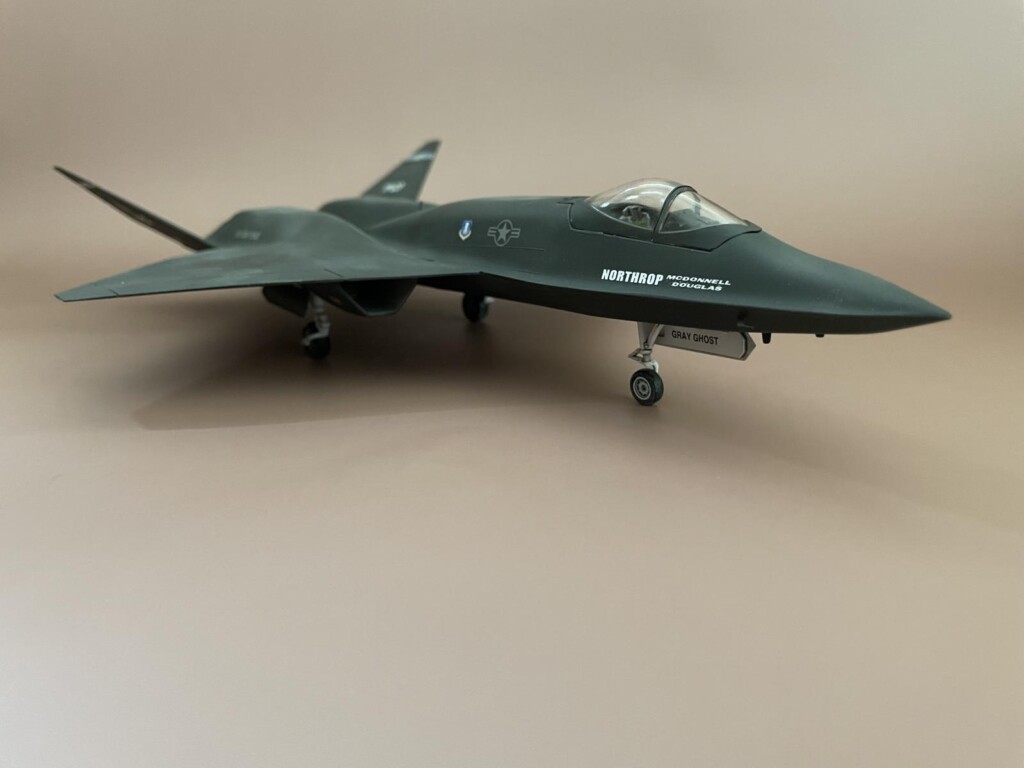
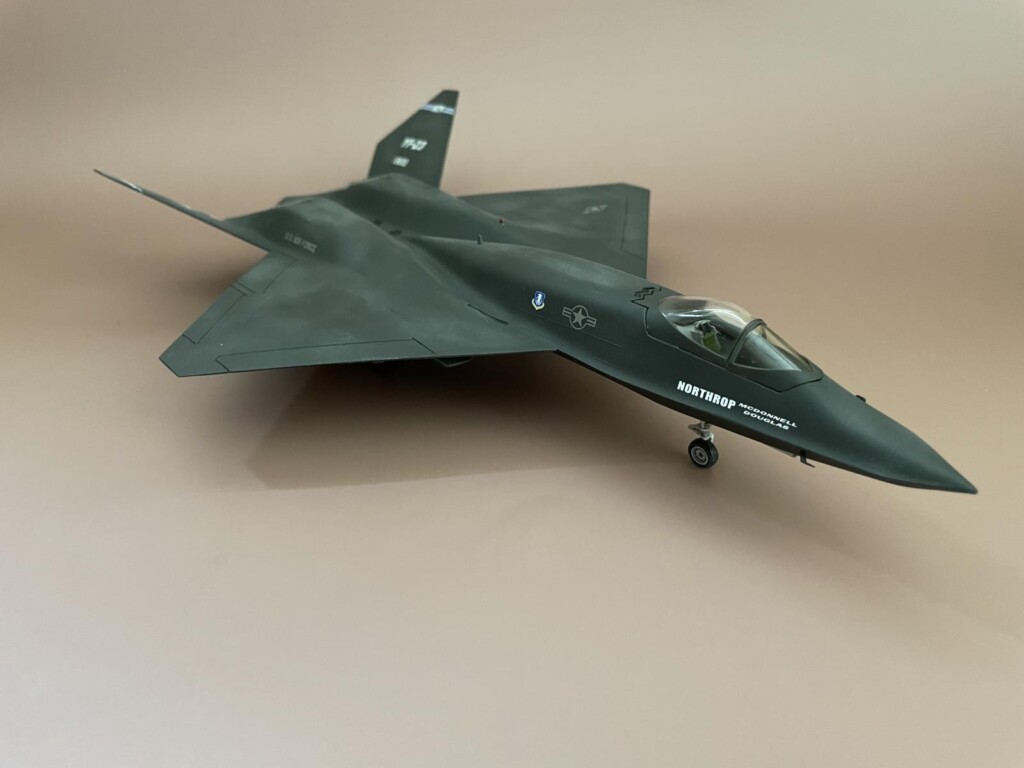
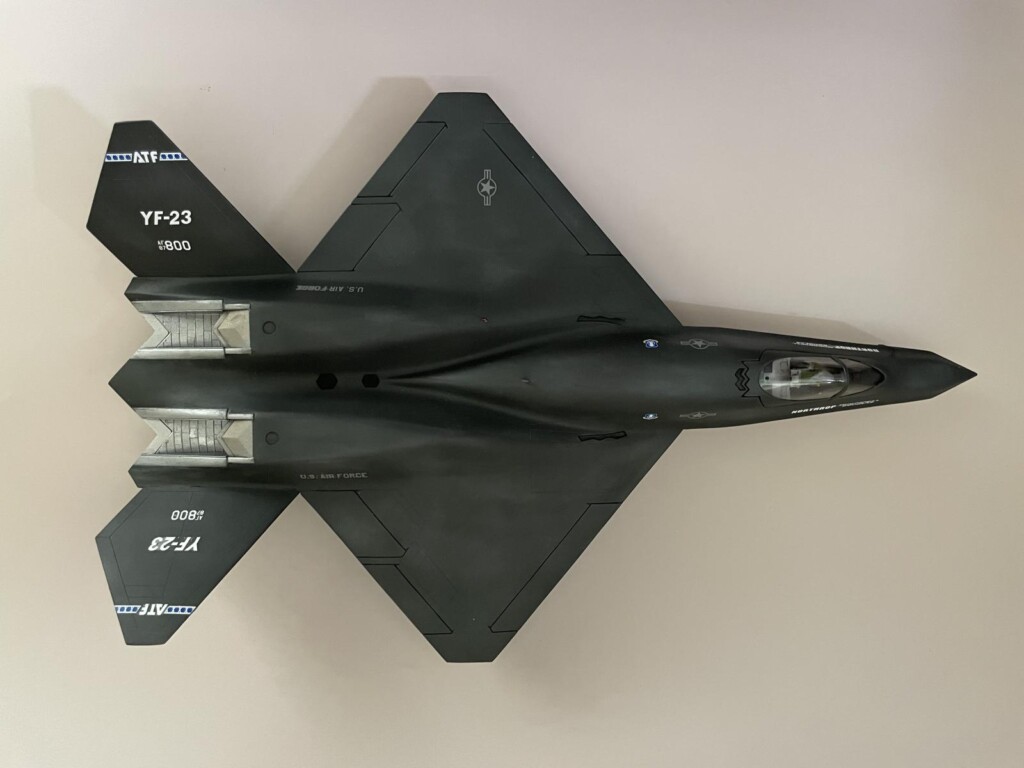
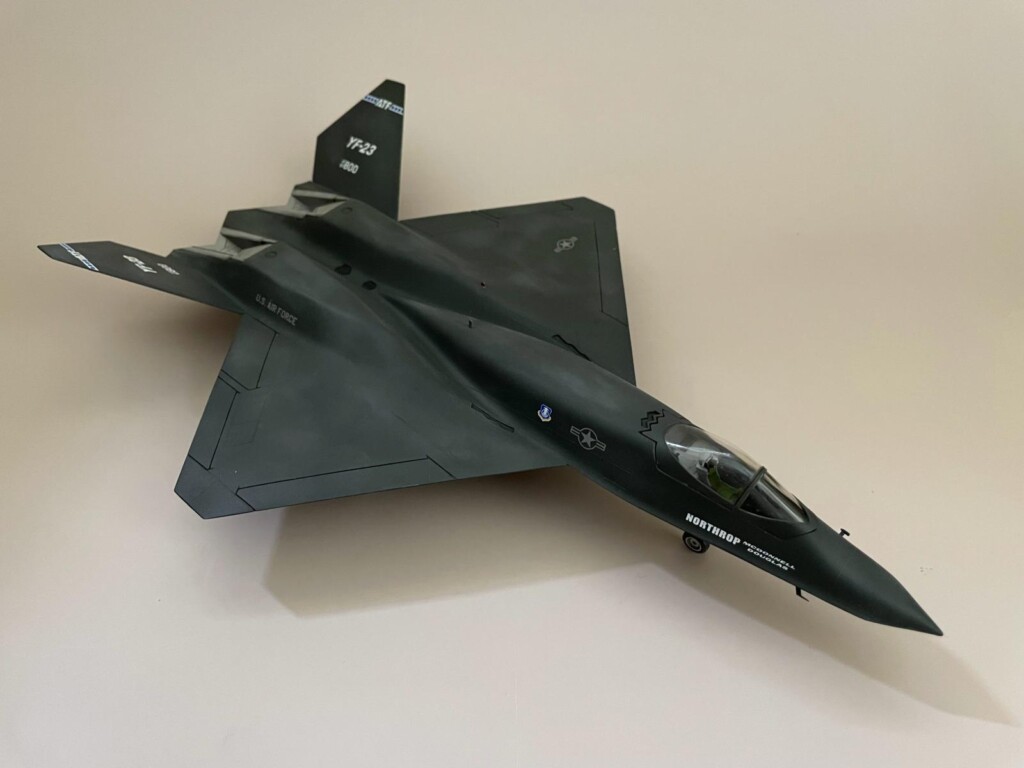
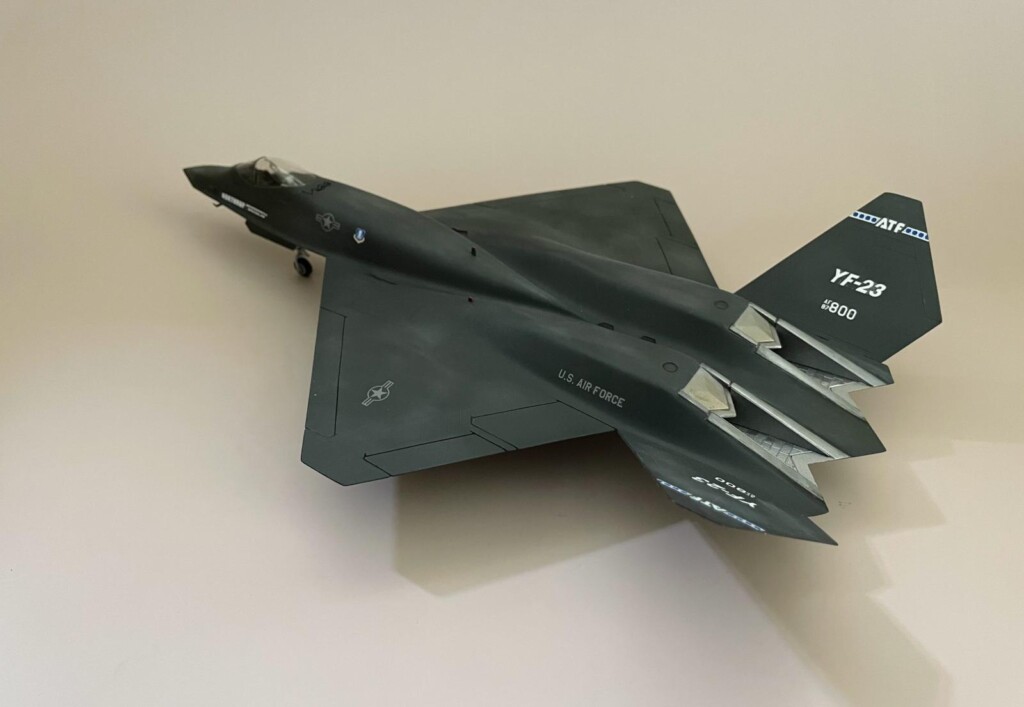
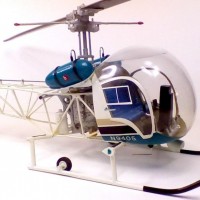
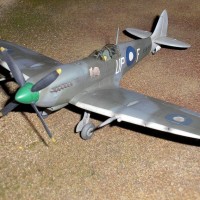
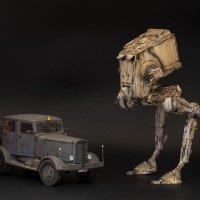
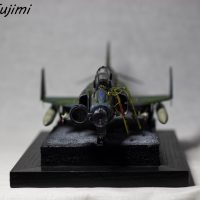
Excellent results Brian, and great write up. No worries, you did the right thing with the exhaust gap (ive stood behind the one at the USAF museum), your corrections and paint work really dressed it up. I like the darker scheme myself, so a solid +1 to your build.
Thanks! I’d love to get out to the USAF museum!
Nicely done Brian.
I love the way this plane looks, Brian (@bapowellphys), especially in an all-black paint.
Such a cool looking bird. Your method of finish is one of the most realistic I’ve seen on a black subject. Excellent work.
Thank you. I will gladly take compliments from a guy who 3D printed the Pursuit Special. Cheers to you!
Excellent job and super result, Brian! I too find this scheme the most iconic for the specific bird.
Such a beauty!
Very nice to see this kit built, excellent result.
A wonderful result, Brian @bapowellphys
Your approach at the engine section worked perfectly, looks fine now.
Thanks for sharing the background section of this aircraft.
About 25 years ago, I saw the YF-23 in person, parked in a corner of Northrop's old field, now Hawthorne Airport.
Your model looks very good. You're right that the real thing looks "mysterious," and you definitely caught that look.
Regardless of the politics, the YF-23 is/was a beautiful aircraft. Exceptional technology for its time.
I love the YF-23 - built this same kit. Looks good!
Looks great! Nice work building the model. The paint looks super. Maybe the F-23 would have been a better choice than the F-22 for the Air Force.